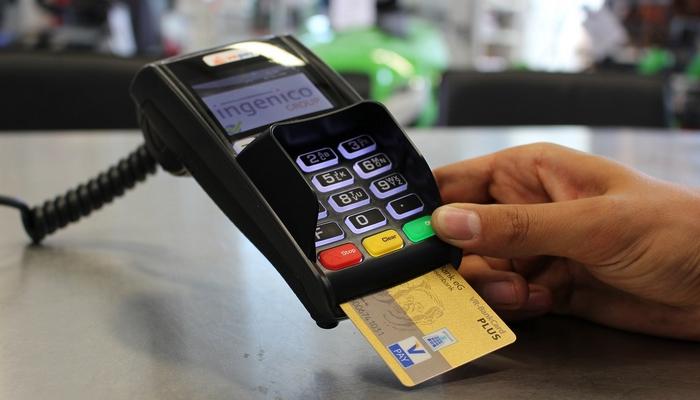How Do Credit Card Companies Make Money? See the Model Behind Their Profits
Have you ever wondered how credit card companies make money? After all, many offer rewards programs, zero annual fees, cashback, and even interest-free installment plans. It almost seems like they’re doing you a favor, right?
Advertising
But make no mistake. Behind every transaction lies a highly profitable—and well-planned—business model.
Advertising
In this article, you’ll understand how this system works. We’ll cover fees, interest rates, loyalty strategies, and much more. All this is done in clear language, with practical examples, and a focus on truly educating you.
1. The Main Sources of Profit for Credit Card Companies

Advertising
Credit card companies—such as issuing banks, card brands (Visa, Mastercard), and acquirers (Stone, Cielo)—make money in a variety of ways. Here are the main ones:
1.1 Revolving interest
When you pay only the minimum amount on your bill, the rest goes into revolving credit. And that’s where some of the carriers’ biggest profits lie.
- Interest rates can exceed 400% per year in Brazil.
- It is one of the highest rates on the market.
According to data from the Central Bank, more than 25% of users use revolving credit every month. This generates billions in revenue for issuing banks.
1.2 Exchange fees
This fee is charged to the merchant for each card sale. A portion goes to the issuing bank and the remainder to the card company.
For example: if you buy something for R$100, the retailer may only receive R$97. The remaining R$3 is divided between the parties involved in the transaction.
1.3 Annuity
Even though many cards offer zero annual fees, “premium” cards (such as Black, Infinite, Platinum) charge annual fees that can exceed R$1,000 per year.
This amount is charged directly to the user, being a recurring source of revenue.
1.4 Late fees and invoice installment payments
Missed the invoice deadline? The company is already making a profit. Late payment penalties and interest are extremely high.
And paying your bill in installments, which seems to help, also yields good interest.
1.5 Fees charged to retailers
Acquirers, such as Rede, PagSeguro, Getnet, among others, charge a fee for each transaction.
- Average of 1.5% to 4% per credit card sale.
- If paid in installments, the rate is even higher.
These fees help keep the whole system running—and making money.
2. Are Points, Cashback and “Benefits” Programs Really Free?
Many people think that rewards programs are a “gift” from cards. But they’re actually part of a customer retention strategy.
2.1 The trick behind the points
You need to spend a lot to accumulate relevant points. And the more you spend, the more profit the bank makes from fees and interest.
In other words, the “free” points are, in fact, an incentive for continued consumption.
2.2 Cashback also has a cost
Cash back often comes from embedded sales fees, annual fees, and interest.
It’s a sustainable model — for those who receive these fees, of course.
3. Other Ways to Make Money
3.1 Data Sale
Card companies monitor users’ purchasing behavior. This data is valuable for marketing campaigns and business partnerships.
Although data protection exists (such as the LGPD), the strategic use of this information remains a source of value.
3.2 Partnerships and additional products
With a credit card, banks can offer:
- Insurance
- Loans
- Investments
All of this generates additional revenue based on an already active customer.
3.3 Sale of debts
When a customer fails to pay their bill, the bank can sell the debt to specialized collection companies.
Even with a discount, this avoids total loss and still generates cash.
4. Practical Examples to Understand
Let’s use a simple example:
- You make a purchase of R$500 in 5 interest-free installments.
- The retailer pays a 4% fee, meaning he receives R$480.
- The issuer earns the interchange fee and future interest if you are late.
Now imagine that multiplied by millions of daily transactions. It’s easy to understand why the industry generates so much revenue.
5. The Impact on Your Pocket
Understanding how these companies profit is essential to protecting yourself financially. Here are some tips:
- Avoid the rotary at all costs.
- Don’t delay your bill — compound interest snowballs.
- Enjoy benefits, but with spending control.
- Compare cards and choose the most advantageous one for your profile.
The Card is a Tool, Not a Villain
Credit cards can be a great ally if used wisely. But understanding how they work is the first step to avoiding traps.
Card companies make a lot of money with every transaction, delay, or “free” benefit.
Now that you know this, use this knowledge to your advantage.





